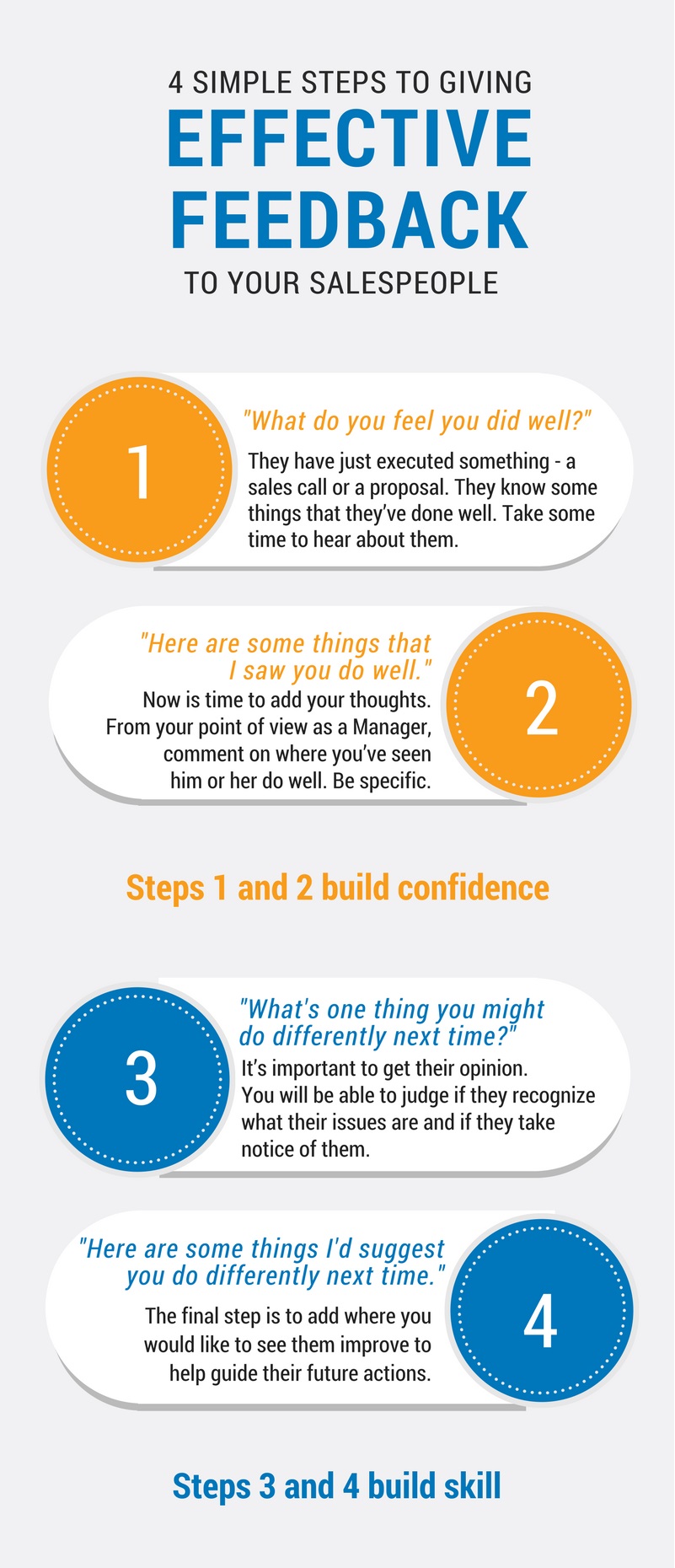By Jim Cathcart
Garth Brooks is the number two best-selling music artist of all time. By number of albums sold, he’s outsold Elvis, Michael Jackson, and even Neil Diamond! What does this have to do with sales leadership? He has incredible selling power. He’s sold hundreds of millions of albums and performed at more than 350 concerts, which have grossed hundreds of millions more.
But, you say, “I’m not a singer or celebrity! I can’t do what Garth Brooks does.” Okay, granted – there’s a big gap between building a winning sales organization and being a celebrity. But let’s learn from Garth. He’s one of the most accessible successful singers in the world. So, how does he do it?
- Garth is on social media regularly communicating on a personal basis with his customers (aka: fans).
- He is willing to be human, to listen to those who have no power, to show respect to others, and to openly express gratitude for the blessings of being able to do a job he loves. As a result, people can’t wait to pay to come see him. His fans aren’t just reflections of his musical talent (and the ability to do the job he is paid for) but, rather, he is followed because people really like and trust him.
- He looks out for fans and does nice, unexpected things for them too. At a recent Garth concert, a woman held up a sign with “Chemo [cancer treatment] this morning, Garth tonight!” written on it. In the middle of his signature song, “The Dance” (“I could have missed the pain but I’d have had to miss the dance”), he walked to the edge of the stage, sat down in front of her, held her face in his hands and gently kissed her. Then he took off his guitar and gave it to her! That is the strength of connecting with your customers! Everyone in the audience, and me watching on video, burst into tears at the power of that tender moment.
Do you care as much for your customers as he does for his? They don’t “know” each other; they simply share the experience of his product. How could you get to know the feelings and cares of your customers like he seems to understand his? Once you truly get it as to why people buy from you, you acquire a connecting power that could be immense. Here are some questions to consider:
- What life or business problem do you help people solve?
- What feelings – and maybe hopes or fears – are connected to that?
- If you sell cars, how can you make the delivery of the new vehicle a powerful emotional triumph for the buyer?
- If you’re a banker, could you find creative ways to thank people for investing their trust in your bank?
- If you provide a software service, could you make people part of a “club” of insiders whom you protect and empower through your service?
Tommy Emmanuel is arguably the best popular guitarist alive today. Not the best known, flashiest, nor even the top selling, but clearly one of the best skilled you’ll ever see. (Christopher Parkening holds the best classical guitarist title.) Chet Atkins dubbed Tommy a “Certified Guitar Player,” a title he wears proudly. Watch Tommy’s YouTube performance of “Classical Gas.” You’ll be speechless.
Last week I met Tommy before his show in Santa Barbara and I presented a silver acorn to him to thank him for his art and to encourage him to keep on giving. His performance was one of the most joyful I’ve ever seen. He was having a great time – and so were we! Tommy loves playing guitar and people love to see him do it. How can you cultivate your love of what you do? How can you make it joyful to work with others and to provide the value you bring?
Finally, let’s look at the SBAIC, the Santa Barbara Acoustic Instrument Celebration, organized by Kevin Gillies. This amazing gathering of instrumental artists takes place annually in California and brings the finest guitar makers (luthiers) from around the world. They hold three days of clinics – all day, each day. Customers and fans are encouraged to touch or play the instruments, talk with the artisans who made them, and learn techniques for inlays, wood choices, playing, and more. Hundreds of thousands of dollars worth of instruments are sold and the art and craft of luthiers is advanced. I conduct a seminar there for the guitar makers titled “The Art of Marketing and The Marketing of Art.”
How could you create an event or a special experience around your product or service so customers can learn the inner workings, get a hands-on experience, and get to know the people who provide the value you offer?
You may not be another Garth Brooks in your own field (or you might) but, even if all you do is learn from his example, you can still add tremendous value to your career and customers. You might not love what you do as much as Tommy Emmanuel does, but you could learn to enjoy and savor it more if you tried. Your “experience” event might not have the same qualities as SBAIC, but I’ll bet there are dozens of ways you can make your work more fun for your team and more enjoyable to your customers.
 Jim Cathcart, CSP, CPAE is the original author of Relationship Selling and one of the world’s leading professional speakers. Jim is a regular contributor to Selling Power and a certified Mindset Trainer. Contact Jim at Cathcart.com.
Jim Cathcart, CSP, CPAE is the original author of Relationship Selling and one of the world’s leading professional speakers. Jim is a regular contributor to Selling Power and a certified Mindset Trainer. Contact Jim at Cathcart.com.


















